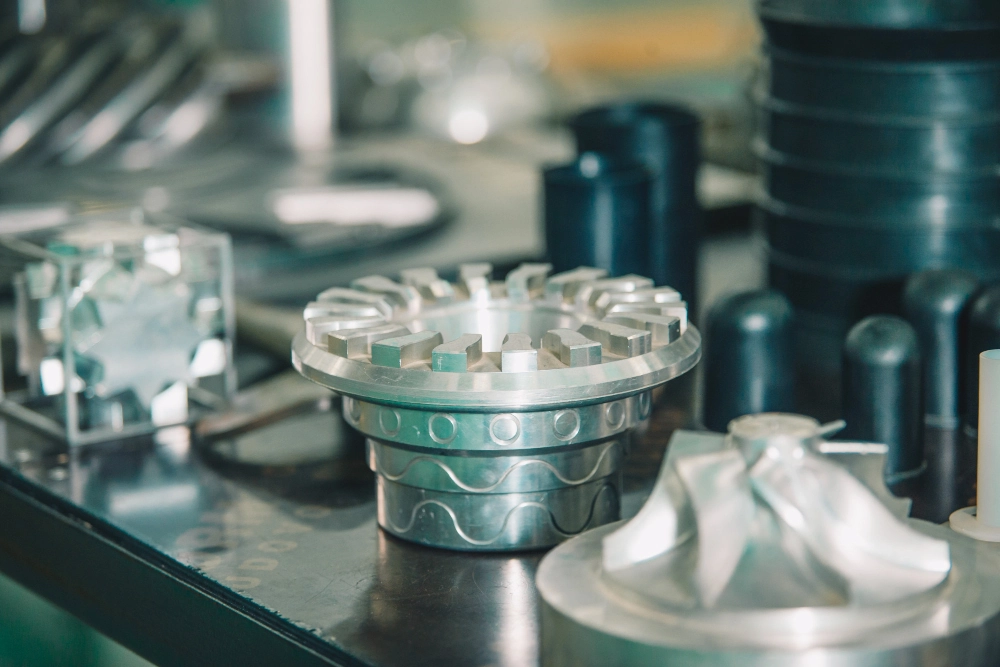The Function of CAD in Polymer Injectable Molding Services
In today's manufacturing landscape, the demand for accuracy and efficiency in production processes has reached new heights. Injection molding service stands out as a crucial method for producing high-quality plastic components in large volumes. The technique not only allows the creation of complex designs but also offers the capability to replicate those designs consistently, which makes it an ideal choice for numerous industries such as the automotive sector, consumer goods, and medical devices.
At the core of this process lies CAD, also known as CAD, which plays a crucial role in the creation of injection molded products. By allowing designers to create detailed 3D models, CAD simplifies the transition from concept to manufacturing. The inclusion of CAD in plastic injection molding service enhances accuracy, reduces production times, and minimizes expenses, ultimately leading to better products and increased customer satisfaction.
Overview of Computer-Aided Design in Production
CAD, or Computer-Aided Design, has transformed the production industry by providing robust tools for developing and imagining intricate structures. In industries such as plastic injection molding process, CAD enables engineers to generate detailed three-dimensional models that can accurately illustrate the end product. This tool optimizes the design process, allowing for quick prototyping and adjustments based on stakeholder feedback, which improves overall productivity.

The incorporation of CAD systems into production processes has led to notable improvements in precision and precision. By using CAD, designers can analyze and mimic how multiple design elements will cooperate during the injection molding process. This feature reduces the risk of mistakes and defects in the end product, as plans can be assessed digitally before any physical molds are created. Consequently, companies can achieve superior quality standards and satisfy customer demands more consistently.
Moreover, CAD enables cooperation among various teams involved in the injection molding process. Creatives, designers, and team members can easily share and modify designs in real-time, leading to a more integrated workflow. This joint strategy not only cuts the time from design to production but also ensures that the finished item aligns closely with the initially intended vision, fulfilling customer needs effectively.
Benefits of CAD in Plastic Injection Molding
One major benefits of CAD in plastic injection molding is the enhancement of design accuracy. CAD software enables precise modeling of components, which allows engineers to create intricate designs that fulfill specified tolerances. This accuracy reduces the likelihood of errors that can arise during the manufacturing process, resulting in higher quality products and cutting down waste. As a result, companies can conserve time and resources while ensuring that their final products satisfy the desired specifications.
Another significant advantage of CAD in plastic injection molding is the potential to simulate the injection process. With CAD tools, engineers can model how molten plastic will fill the mold, identifying potential issues such as air traps or flow inconsistencies before production begins. This feature enables teams to optimize the design and modify the mold as needed, leading to shorter development cycles and faster launch times for new products. The simulation aspect also aids in predicting the performance of the molded parts, contributing to better product reliability.
Additionally, CAD encourages improved collaboration among design and manufacturing teams. By using centralized CAD files, stakeholders can easily communicate and review designs, making it simpler to incorporate feedback and make necessary adjustments. This collaborative approach not only enhances communication between teams but also ensures that everyone involved in the plastic injection molding service is in sync with the project goals. Ultimately, this integration enhances workflows and boosts the overall efficiency of the production process.
Case Studies of CAD Applications in Injection Molding
One notable example demonstrates the significant effect of CAD in streamlining the design process for a tech firm. By using advanced CAD software, the company was able to produce intricate and precise designs for its product components. The utilization of CAD allowed for swift prototyping, allowing the team to test and assess the functionality of each part before starting production. As a result, the manufacturer significantly cut its time to market, ultimately leading to enhanced competitiveness in the dynamic electronics industry.
Another case study involves a healthcare technology company that employed CAD software to boost the accuracy and efficiency of its molded components. By using 3D modeling, the engineers were able to identify potential design flaws early in the process. This forward-thinking approach significantly reduced the risk of costly design revisions during the manufacturing phase. Additionally, the capability to replicate injection dynamics in CAD software ensured efficient material flow and limited waste, contributing to a more sustainable manufacturing process.
Finally, a top automotive parts supplier applied CAD to revolutionize the development of lightweight fixtures that met stringent safety standards. The use of CAD enabled the engineering team to thoroughly assess stress points and optimize material distribution, resulting in both performance and cost savings. With the capability to iterate designs quickly and integrate manufacturing feedback immediately into the modeling process, the supplier not just fulfill customer requirements but also improved its reputation for quality in the injection molding service sector.